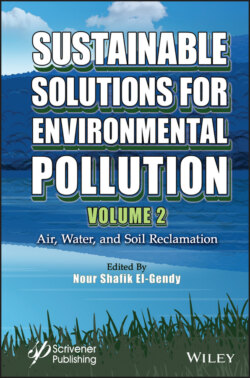Читать книгу Sustainable Solutions for Environmental Pollution, Volume 2 - Группа авторов - Страница 13
1.1 Introduction
ОглавлениеModern global lifestyle contaminates almost all compartments of the water cycle, both surface and groundwater, with organic matter (OM), nutrients, metals, as well as synthetic chemicals. Domestic and industrial wastewater discharges many endocrine disruptors as well as metals and pharmaceutical residues. Thus, minerals and organic components from domestic, agricultural, or industrial activities pollute water bodies. At the end of the 20th century, environmental degradation due to human activities led to awareness about the existence of societal benefits derived from ecosystems: ecosystem services. The impacts on ecological services could be ignored as long as the resilience of the ecosystems allowed it. However, the ecological footprint of human activity continues to grow. Local and reversible impacts have become global and difficult to reverse, revealing the limits of ecological systems to support human activity, with negative cascading effects, when alteration on one ecosystem service has negative consequences on one or more other services. A well-known example is that of water resources and their pollution. The European Water Framework Directive 2000/60/EC was a first level of response aimed at reducing the ecological footprint (WFD, 2000).
In order to face these socio-environmental challenges, without aggravating the situation through the introduction of disruptive technologies, the European Commission promotes the use of management methods inspired by natural processes: nature-based solutions (NBS). The European Commission defines NBS as: “Solutions that are inspired and supported by nature, which are cost-effective, simultaneously provide environmental, social, and economic benefits and help build resilience” (Faivre et al., 2017). The chapter focuses mainly on publications from the last 20 years devoted to the NBS implementation in bioremediation in water environment.
